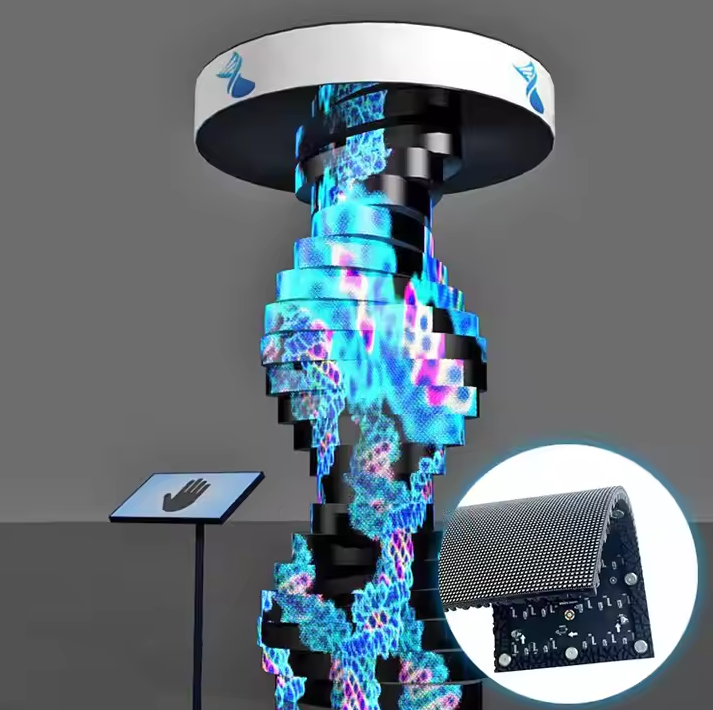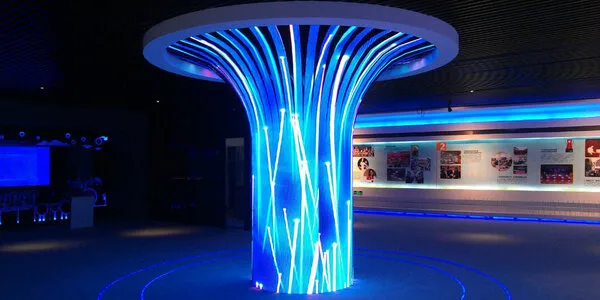Nowadays, LED displays have entered thousands of households and are widely used in more and more occasions and activities. Therefore, the corresponding LED display rental is also increasingly favored by event organizers. Whether it is outdoors or indoors, LED displays can be seen. Among them, indoor LED displays are relatively small in size and designed for stores and enterprises with large display windows, as well as organizations that want to achieve certain display goals. Compared to fixed LED displays, rental LED displays are more convenient and practical, and can save a large amount of money spent on directly purchasing LED displays. Do you know the advantages of indoor rental LED screens compared to fixed LED displays?
#Muenled
#IndoorrentalLEDdisplay
All posts tagged: flexible LED displays
The hardest part of starting up is starting out







